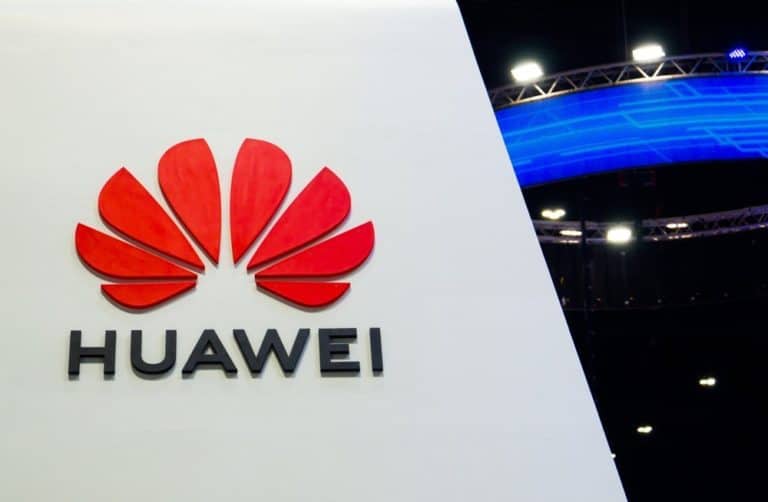An undersea cable worth $425 million connecting China to Europe and Africa, representing Huawei Technologies as a shareholder, finally arrived in Kenya.
The 9,320 miles (15,000 km) cable, dubbed the Peace cable, is an essential part of what China calls its Digital Silk Road initiative. This initiative includes implementing communication and information technology infrastructure to uplift the investment and trade between Asia and other countries worldwide.
The Peace cable runs from China all the way to Pakistan. It then submerges underwater for close to 7,500 miles and ends in France. Another branch of the cable lands southward to East Africa, further leading to Mombasa. Moreover, as revealed by cable’s promoters in a press release – an extension is planned towards Southern Africa and Singapore in the second phase.
China’s 7,500 mile-long subsea cable to Europe fuels internet feud
The US and China are vying to take control of the world’s largest digital infrastructure, the new ‘Peace Cable,’ which has caught Europe in the middle.
Huawei, which is in the middle of the hot-smoldering struggle between the US and China, is now a shareholder of Optic-Electric from Hengtong, who’s constructing the cable.
A total of six submarine cables landed in Kenya, out of five are operated and maintained by Telkom. The Peace cable is the 6th cable. According to Mugo Kibati, the CEO of Telkom Kenya, “the cable is designed to help East Africa meet the future requirements of broadband capacity, reinforce redundancy, and decrease the transit time for longer connectivity to Asia and Europe.”
Undersea cables have great strategic importance. As owned and operated by US companies, the undersea cables play a significant role in reinforcing the nation’s dominance over the Internet.
As reported by the Institute of Peace and Conflict Studies and Netherlands-based Leiden Asia Center, in 2019, China had become the owner, center point, and huge supplier of 11.4% of the world’s undersea cables. This ratio is expected to increase to 20% between 2025 – 2030.
